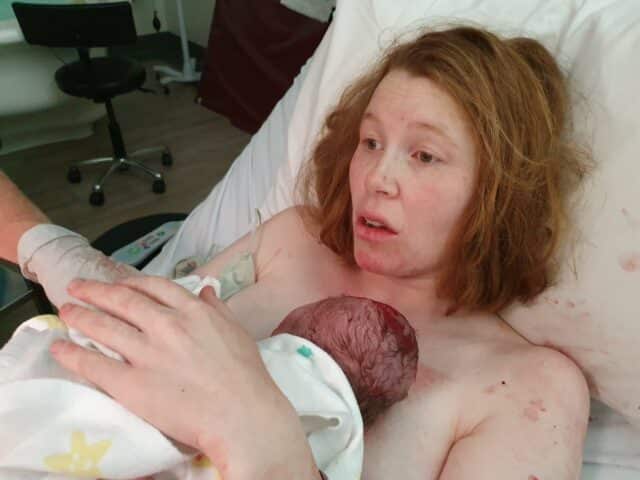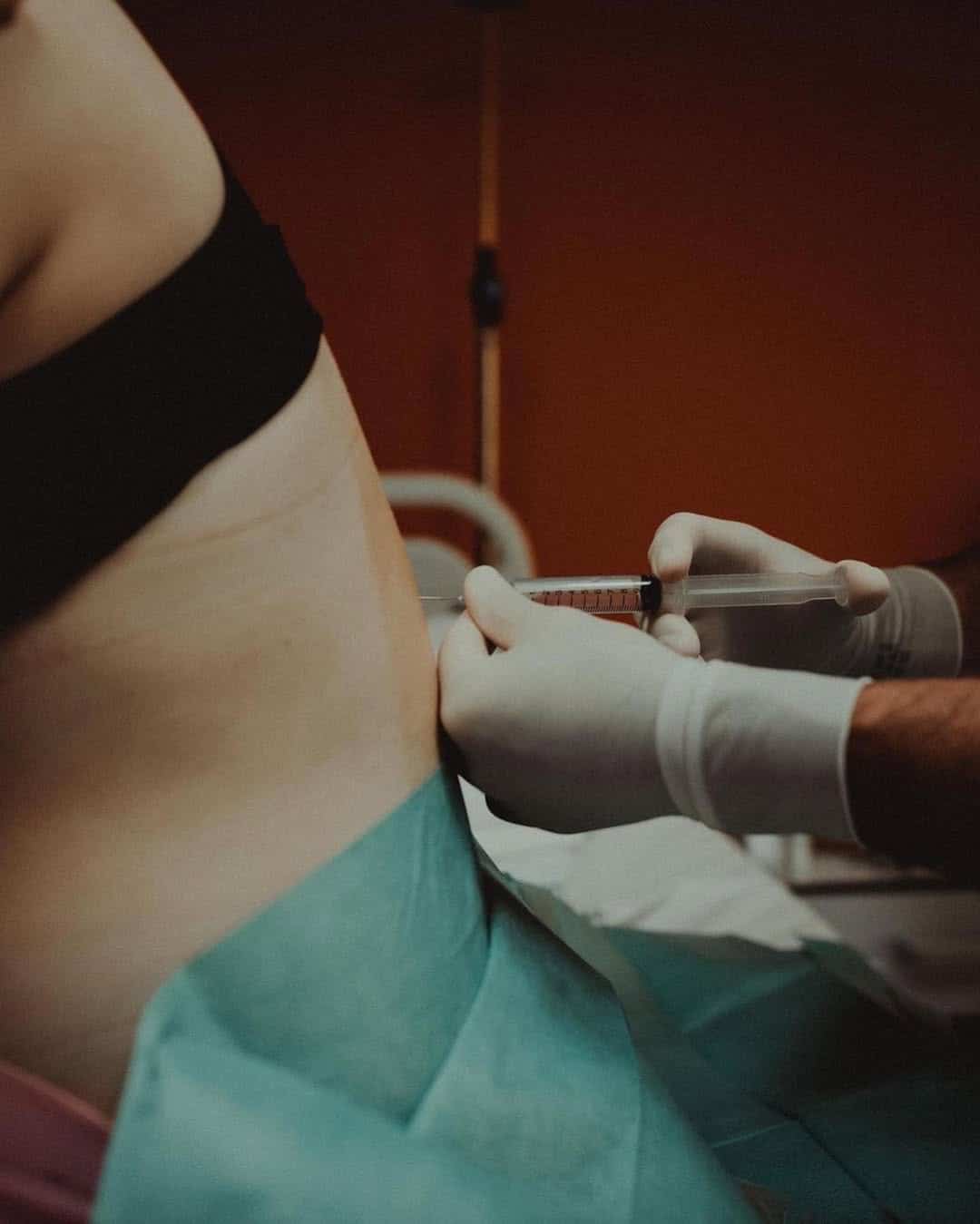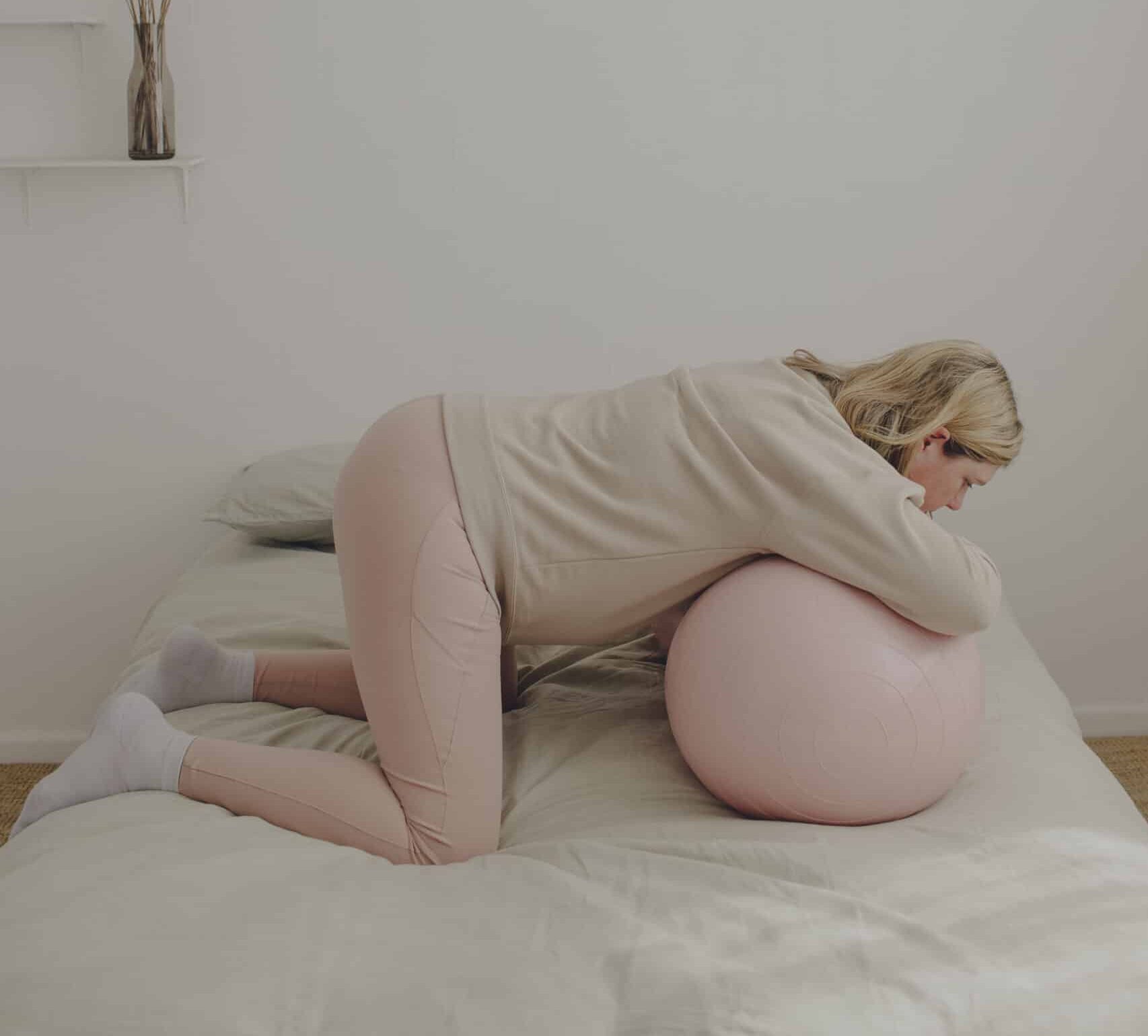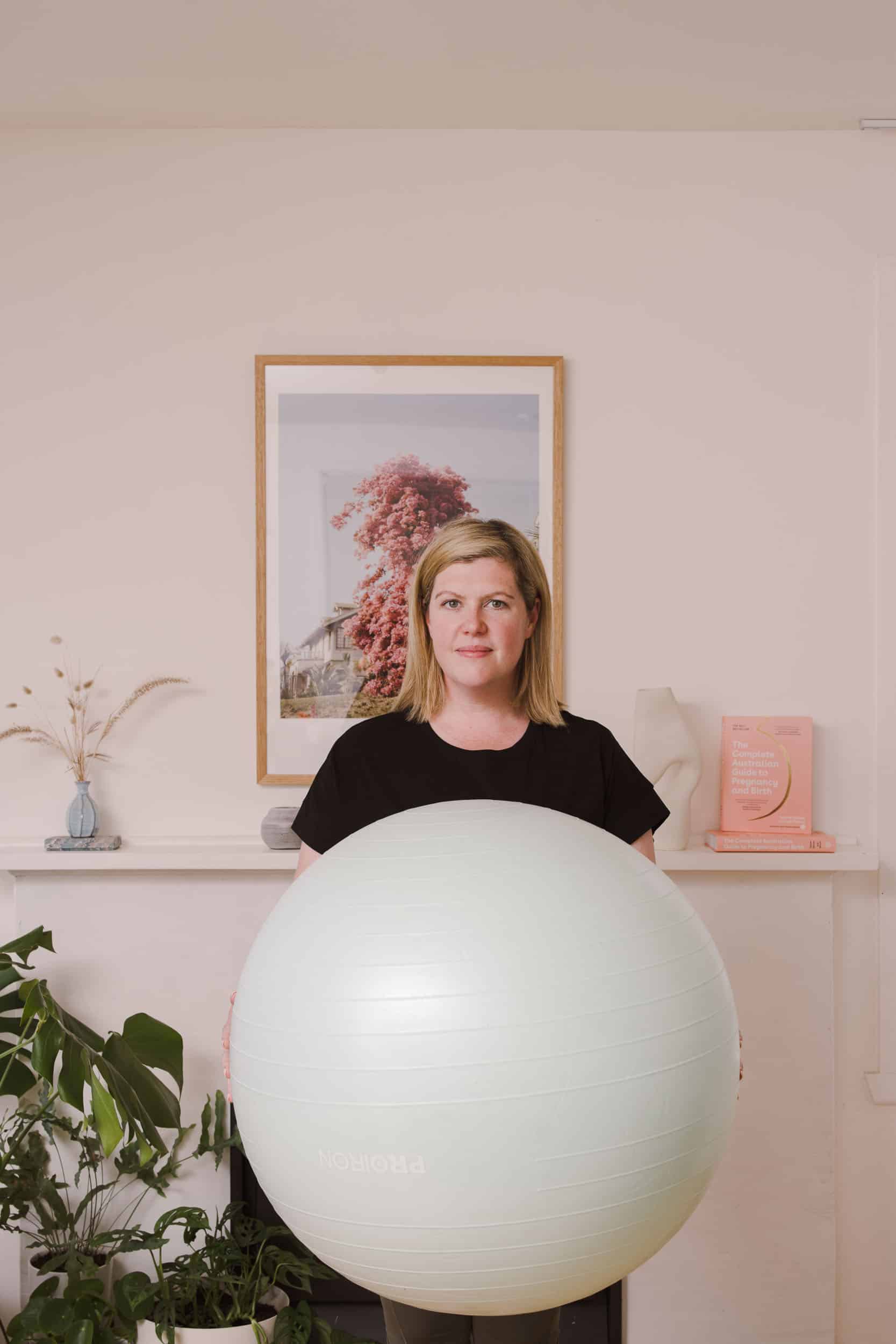Birth Induction
Induction

Labour induction is a process that uses artificial methods to kickstart labour.
Induction of Labour:
If your care provider has recommended an induction, you may be wondering what happens next. Labour induction is a process that uses artificial methods to kickstart labour.
There are two steps to the induction process:
-
Priming the cervix. If your cervix is long, hard and closed, your care provider will use either a prostaglandin gel or a balloon catheter to soften and open it. This process can take anywhere from six to 48 hours. You may experience light contractions during this time but neither the gel or the balloon catheter induces contractions.
-
Kickstarting labour. Your care provider will either break your waters (known as artificial rupture of membranes) or hook you up to an IV drip which will administer synthetic oxytocin (syntocinon) to start uterine contractions. Often both these methods will be used.
Why might an Induction be Recommended?
There are many reasons why an induction is recommended, the most common of which are:
-
Your waters have broken but labour hasn’t commenced. In this instance, your care provider will recommend induction within 24 hours of your waters breaking to prevent the risk of infection. However, if your waters are green or brown, your care provider will refer to this as meconium staining (your baby has done its first poo) and will regard it as a sign that your baby is stressed. In this instance, induction will be done promptly.
-
You are over 41 weeks of gestation
-
You have health concerns (high blood pressure, pre-eclampsia)
-
Your baby has stopped growing, amniotic fluid is low, or movement has slowed
It’s important to note that induced labour is monitored quite differently from spontaneous labour (where you go into labour without assistance) and there is a higher risk of intervention once induction starts. This is often referred to as the cascade of intervention which is, essentially, a domino effect of one intervention leading to another. For example an induction puts you at higher risk of needing an epidural which, in turn, puts you at higher risk of requiring an instrumental birth or emergency caesarean.
Once you arrive at the hospital for your induction, a vaginal examination will determine what method of induction is best for you (at this stage, your care provider will also monitor your baby’s heart rate and check their position). You can expect vaginal examinations every four hours to determine your progress and you’ll be monitored regularly, too. Your care provider will most likely want to use CTG monitoring which does limit your movement and may prevent you from using the shower or the bath in labour. Induced labour is also considered more painful; instead of a slow build-up of contractions, you experience the peak intensity of a contraction from the get-go which can quickly become overwhelming.
Our advice: embrace the induction process and do your best to work with it. Resistance in labour (both spontaneous and induced) will increase your tension and therefore your pain. If you need to be induced, surrender to the experience, embrace the process and gather all your birth skills to navigate contractions and interventions. If you want to hear positive induction stories, listen to Anna’s in episode #169 and Hilary’s in episode #267.
Methods of Induction
Your induction will be dictated by your cervix; if it’s closed and hard, you will require prostaglandin or a balloon catheter to soften and open it. However, if your cervix is already dilated (open), your care provider may suggest breaking your waters followed by the syntocinon drip. Generally, most women require more than one of the following methods to induce labour :
- Prostaglandin: a gel or a tablet is inserted into your vagina to soften and open the cervix. Occasionally it can cause vaginal soreness, nausea, vomiting and diarrhoea.This is generally done at night and you’ll be encouraged to sleep (your midwife will typically check you every four hours). The following morning, if your cervix has opened, your care provider will typically break your waters and then hook you up to a drip.
- Balloon Catheter: if your cervix is soft, your care provider may opt to use a balloon catheter instead of the gel or tablet to help open it. This involves your care provider inserting a thin tube called a catheter, with a balloon on the end into your cervix. The balloon is then inflated with water and the pressure on your cervix encourages it to open. It’s often left for 12 hours before it’s removed (or it falls out if you dilate efficiently).
- Artificial Rupture of Membranes (ARM): once your cervix is open, your care provider will use a small hook to break your waters. It’s rare for labour to start just by breaking your waters but you can always request time before you move onto the syntocinon drip. If your care provider supports this, stay active by walking, climbing steps and bouncing on the fit ball to encourage contractions. Nipple stimulation, relaxing music and dim lighting can help, too.
- Syntocinon (synthetic oxytocin): often referred to as medical induction, your care provider will insert a needle into a vein in your hand which is connected to a drip. This drip will administer syntocinon (the synthetic version of the hormone, oxytocin, that kick-starts labour). A pump controls the amount of oxytocin medication you are given and your midwife will turn up the drip every half hour until you are contracting regularly. Medical induction requires consistent monitoring via CTG which will restrict your movement and prevent you from going in the shower or the bath. It can also encourage your uterus to contract too efficiently and in this instance, your care provider may give you another medication to slow down contractions.
Induction on Australian Birth Stories:
If you’re looking for a positive induction story listen to Anna McGahan. In episode 169 episode I talk to Anna about her beautiful VBAC in the midst of Covid-19. She describes her second birth, with daughter Juniper, as birth of juxtapositions: an induced, drug-free, hospitalised, hypnobirth VBAC. It’s a birth story complete with an incredibly positive induction, strong midwife support, unwavering faith in body and mind and the immense healing of redemptive birth after trauma.
Our Podcast Picks for You
Categories
Related Products
-
The Birth Class
108 reviews$249.00The empowering online childbirth education program that will help you confidently prepare for birth.
Get your copy of our Perineal Massage Guide in your inbox
Keep Reading
We think you might enjoy these articles
@AustralianBirthStories
Follow along with us
@AustralianBirthStories
Follow along with us
@AustralianBirthStories
Follow along with us
@AustralianBirthStories
Follow along with us
@AustralianBirthStories
Follow along with us
@AustralianBirthStories
Follow along with us
@AustralianBirthStories
Follow along with us
@AustralianBirthStories
Follow along with us
@AustralianBirthStories
Follow along with us
@AustralianBirthStories
Follow along with us
@AustralianBirthStories
Follow along with us
@AustralianBirthStories
Follow along with us









